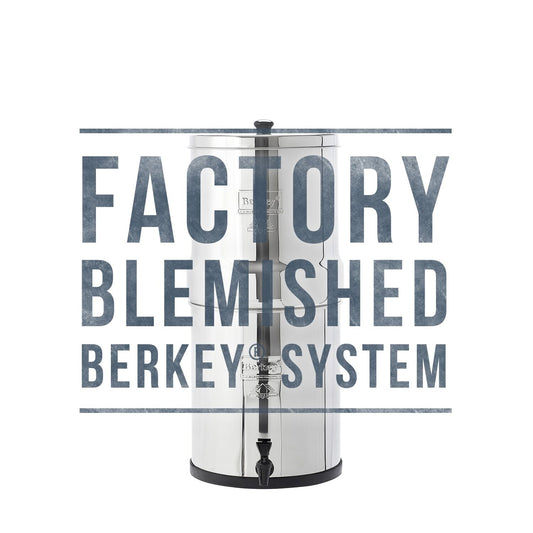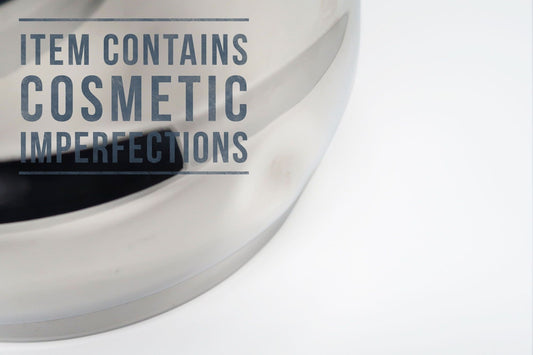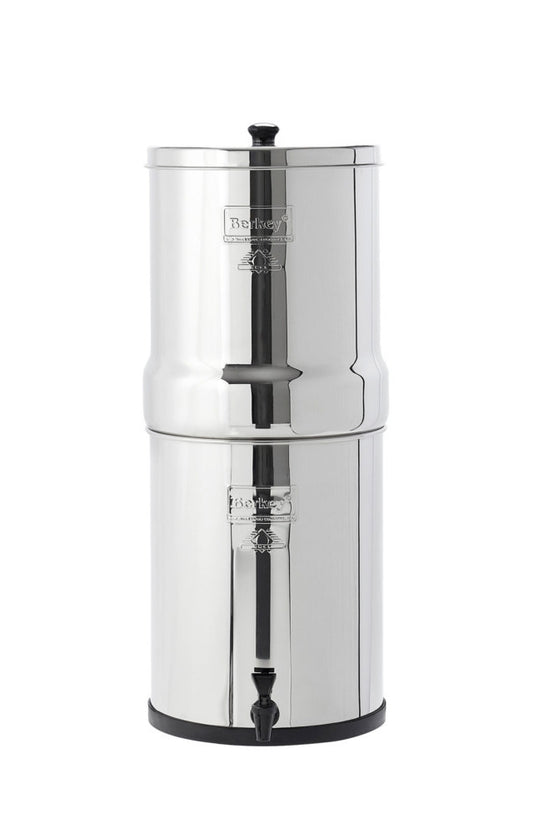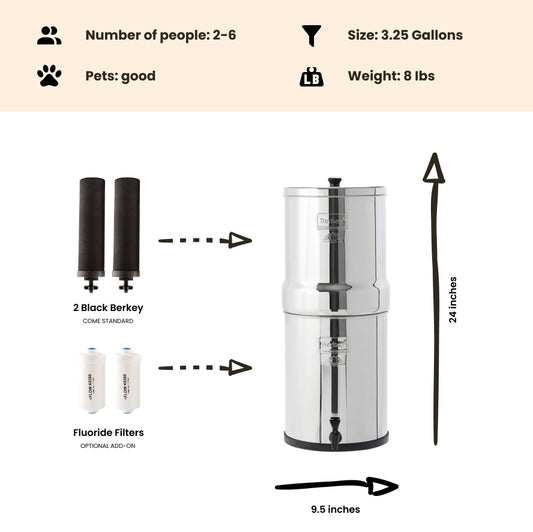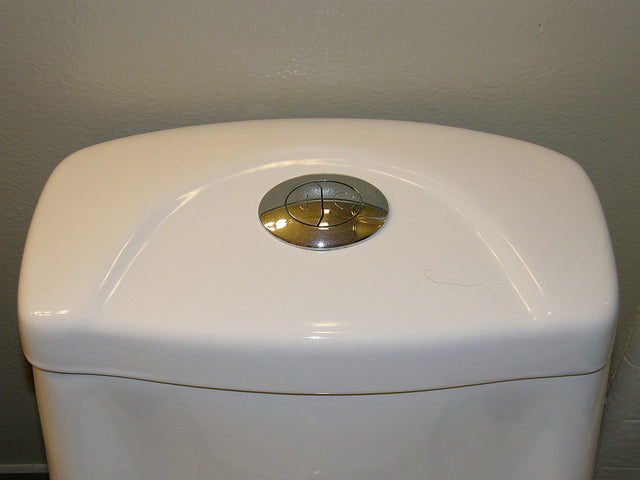
Water Conservation: Perceptions of Water Use
By Dan DeBaunShare
Many Americans wish to save water, but typically are not sure what options are the most effective, according to an online survey of over 1000 participants conducted countrywide by researcher Shahzeen Attari from Indiana University.
When it comes to water conservation, the most effective strategy is to focus on factors that improve efficiency, such as retrofitting water-hungry toilets and washing machines to make them more water-wise. Results from the survey, which was recently published in the Proceedings of the National Academy of Sciences, show that the majority of people interviewed suggested reducing time in the shower would be the best strategy to save water, yet relatively few suggested retrofitting toilets or reducing flush rates, which is surprising considering that toilets use the highest amount of water per day. While taking a shorter shower will reduce water consumption, it is not necessarily the most effective method of saving water.
“People may be focusing on curtailment or cutting back rather than efficiency improvements because of the upfront costs involved,” said author Shahzeen Attari, an assistant professor at Indiana University Bloomington's School of Public and Environmental Affairs. “It is also surprising how few participants mentioned retrofitting their toilets. Even though toilets use less water volumetrically than washers and showers per use, the frequency of use results in the highest water use overall.”
Participants were also asked to estimate water consumption of various activities, such as taking a 10 minute shower, washing their vehicle in a car wash, flushing the toilet with a standard flush mechanism, as well as other activities. The results showed that in general, participants underestimate the rate of water consumption – typically twice as much water is used than participants estimated, and water consumption of activities that used excessive amounts of water were severely underestimated.
Attari has previously published research she conducted on people's perceptions of energy use, which she also found to be underestimated – energy consumption was in fact three times higher than generally estimated.
Several factors determine the accuracy of a person's perceptions of energy and water consumption. For example, participants who have strong pro-environmental convictions tend to be more accurate in their perception to energy consumption, but not of water consumption. Being male and being older led to better accuracy in terms of perceptions of water consumption but not energy consumption. Numerical literacy of participants played an important role in the accuracy of perceptions of both energy and water consumption.
Furthermore, the survey showed that people have no idea how much water was used to produce the following food items: rice, sugar, coffee and cheese, and while this is not surprising as water is not consumed directly when eating or drinking these food items, it does illustrate how ignorant we tend to be in terms of water needs of common foodstuffs that we take for granted.
“Given that we will need to adapt to more uncertain fresh water supplies, a problem that the state of California is currently grappling with, we need to find ways to correct misperceptions to help people adapt to temporary or long-term decreases in freshwater supply,” Attari said.
Journal Reference:
Attari, S.Z. 2014. Perceptions of water use. Proceedings of the National Academy of Sciences doi: 10.1073/pnas.1316402111
-
Regular price From $302.00 USDRegular priceUnit price / per
-
Regular price $234.00 USDRegular priceUnit price / per
-
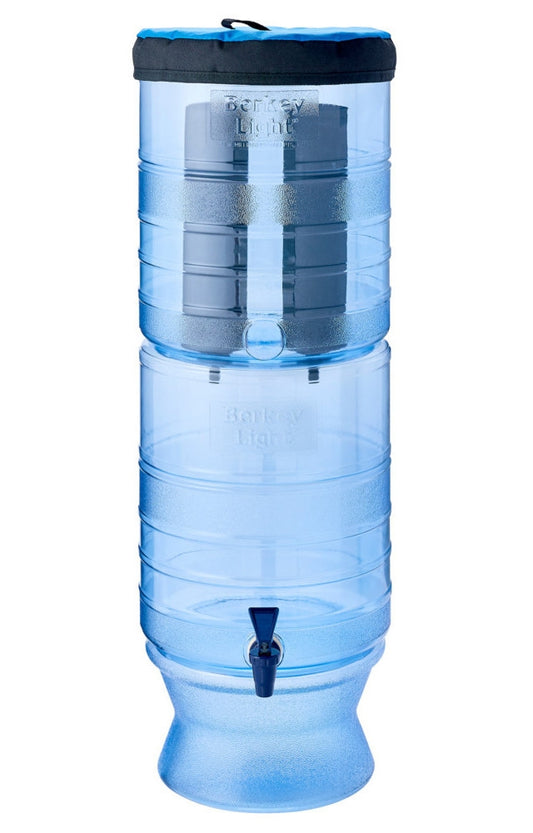
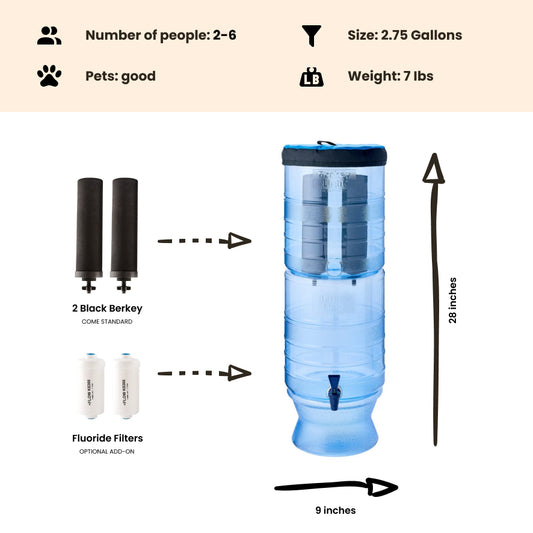 Sold outRegular price From $305.00 USDRegular priceUnit price / per
Sold outRegular price From $305.00 USDRegular priceUnit price / per -
Regular price $327.00 USDRegular priceUnit price / per
-
Regular price From $367.00 USDRegular priceUnit price / per
-
Regular price From $408.00 USDRegular priceUnit price / per
-
Regular price From $451.00 USDRegular priceUnit price / per

Dan DeBaun
Dan DeBaun is the owner and operator of Big Berkey Water Filters. Prior to Berkey, Dan was an asset manager for a major telecommunications company. He graduated from Rutgers with an undergraduate degree in industrial engineering, followed by an MBA in finance from Rutgers as well. Dan enjoys biohacking, exercising, meditation, beach life, and spending time with family and friends.
~ The Owner of Big Berkey Water Filters


